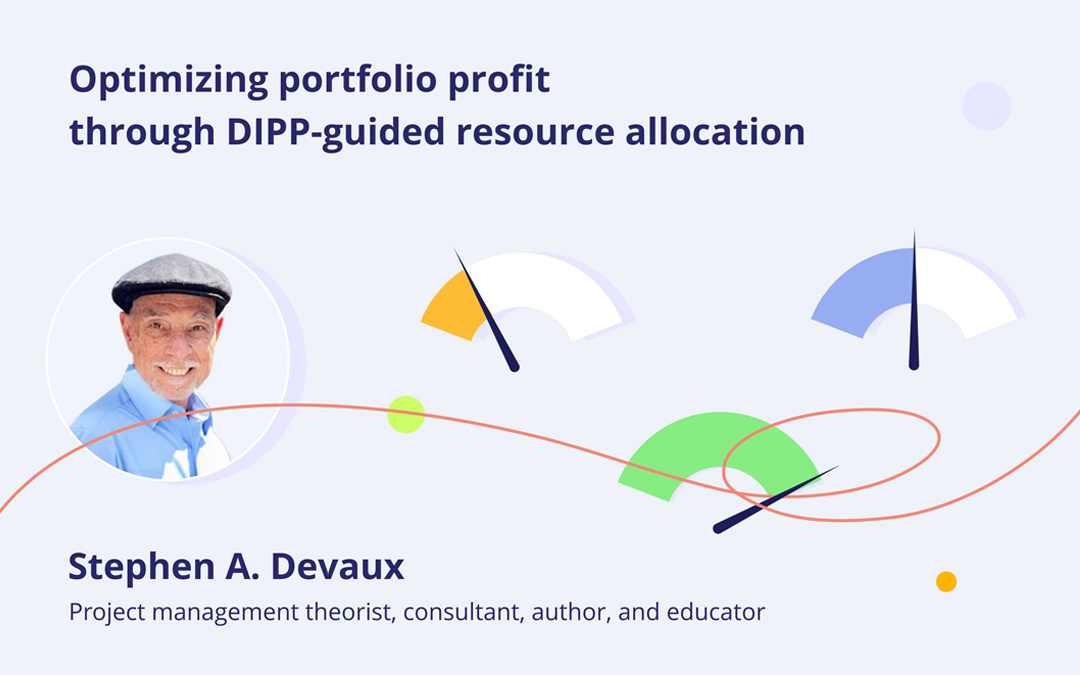The work in digital project management is impossible without data analysis. The thing is that the amount of data can be enormous which makes it impossible for a human brain to process it. In order to make your PM software perform its duties diligently, you have to carry out yours properly. That entails preparing and inserting necessary data into the system. Its significance can’t be overestimated, but many project managers don’t pay enough attention to working with it. If you want to get an adequate outcome, prepare your data accordingly. Be guided by the proverb: “Garbage in, garbage out” in your digital PM.
We’ve been inspired by professor Paul Boudreau and his book entitled “Applying Artificial Intelligence to Project Management”, where he covers the topic of data importance for AI-powered PM tools in one of the book’s chapters. So, let’s take a brief look at the data preparing challenge for the modern AI-powered environment.
Machine Learning for Data Processing
If you work in a multi-project environment, you probably deal with complex projects that have their unique peculiarities which make them so diverse. Your task is to process all related data, analyze it, and find similarities and dependencies. If a database consists of millions of data sets, it makes your mission impossible. Here is where AI is so needed. These extra-large amounts of data can’t be properly treated by the human brain, but this is what artificial intelligence is capable of.
Together with that, you have to prepare information very thoroughly to avoid machine errors. The result of implementing AI to project management depends on the state of the data you apply. It must be ‘clean’ and structured, otherwise, no positive outcomes are possible.
Further, several questions arise: What data do I need? What documents should I prepare for my database? What can affect my output? What can help my PM tool process the data efficiently and bring better results?
Type of Data
So, what kind of information do you need for successful project delivery? In one of our blog posts, we explained why to make project decisions faster and more steadily, you need to process past, present, and future data. Any project decision, regardless of whether you or a PM tool makes it, is a result of the data analysis.
Past (Historical Information)
To prepare your data for AI processing, you should consider compiling the following documents and gathering data:
- Lesson learned document
- Project issues log
- Resource capacity vs output
- Output vs spend hours
- Due Date performance
- Budget vs actual spend hours
The machine learning algorithms will analyze historical information to find patterns, create templates, and design a model that can be used in the future to avoid mistakes and bring better outcomes based on the received results.
Present (Current State of Things)
The project environment and current status are absolutely required factors needed for successful project orchestration. So, what documents containing the data about the current state of things do you need to prepare for your AI data analysis?
- Project schedule covering budget, plan, change orders at the very least
- Resource availability
- Company’s policy and rules
- Contractor prices
Future (Phenomena Capable of Affecting Your Output)
There are a lot of both internal and external factors that may affect your project management results in the future. Speaking of the external environment, it can be interest and inflation rates. This information should be taken from independent resources and used by the system to predict PM results. An internal environment can easily be analyzed in terms of probable threats that may affect the project in the future.
Data Issues
When working with a large amount of data, controlling its quality becomes a challenge and sometimes even a problem. Let’s consider some pain points you may have with your data:
- Typos
- Capitalized letters
- Figures mixed with letters
- Improper signs
- Different date fields
- Blank fields
- Incorrect spelling
Though machines are clever enough to perform a wide range of important functions in project management, they still may work improperly because of some data inconsistencies. As a result, you don’t get the expected output.
And one more problem when dealing with improper data is that the gaps can be noticed not right away. They can be caught when transferring it from one database to another. And this causes another trouble: someone has to improve the situation and make the data valid. Some companies even hire experts to deal with it, but it costs money and takes time. There are some other ways to solve this problem but they all have their pros and cons. The main thing to remember is that a project manager should learn a lesson from such cases and create templates for an AI to apply it in the future. Otherwise, you won’t ever have an expected outcome and your experience of using artificial intelligence in PM will be meaningless.
Necessary Project Documents
So, what documents should you keep an eye on?
- Scope statement
- Lessons learned
- Change orders list
- Problematic issues list
- Resource availability list
- Risk plan
- Schedule
You as a project manager should control the collection of important data and keeping it in the repository to ensure its further application and processing by an AI tool.
Besides, categorize every project to make them look like a dataset to be easily processed by a machine learning tool. Storing documents in different formats complicates the task and the outcome can be unpredictable. Because of the diversity of file formats, AI developers often hire NLP experts. NLP (natural language processing) is a subfield of science that investigates the relationship between computers and human languages. It’s used to process large amounts of data presented in a natural language. Besides, a number of open-source tools can be used to accomplish this aim.
Data Preparing Tips
In a company running multiple projects, it’s better to have an employee responsible for the data collecting, storing, and structuring to make it easily usable by the AI tools. So, what are the tips for preparing data for AI solutions?
- Be Sure Your Data Is Structured
When compiling a certain type of document, the data type should be identified inside so that the AI tool could recognize it and distinguish between others. For example, when working with the issues log, it’s better to categorize the issues so it would be clear what type of issue this is. When collecting data for the risk register, they must be connected to the project plan issues.Having your data structured is about 80% of work done.
- Keep Your Data Integral
Be sure your input is coherent across all your projects. Some standards should exist, so data integrity wouldn’t be a problem. Another way to follow this rule is to work according to templates.
- Create Project History
Registering all project-related information in a single repository after its completion is a crucial step in preparing your data for AI tools. You may do it gradually step by step when the project information appears or at one blow after the project completion.
AI-driven tools erase barriers on the way to the project success thanks to their capability of analyzing project documents and identifying its completeness and correspondence to the plan, predicting future project problems based on the analysis of the lessons learned documents regardless of the project complexity, size, and their number. At the same time, to make an AI tool work adequately for your success, you must be sure all your projects’ documents are ‘clean’ and interconnected. Currently, instruments aren’t able to identify the connection between a risk and a certain task if there’s no manually defined connection between them, or analyze a document with improperly filled-in data.
References:
Boudreau, Paul (2019). Applying Artificial Intelligence to Project Management. Amazon Fulfillment.







